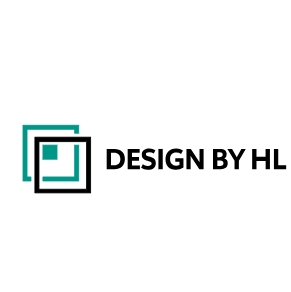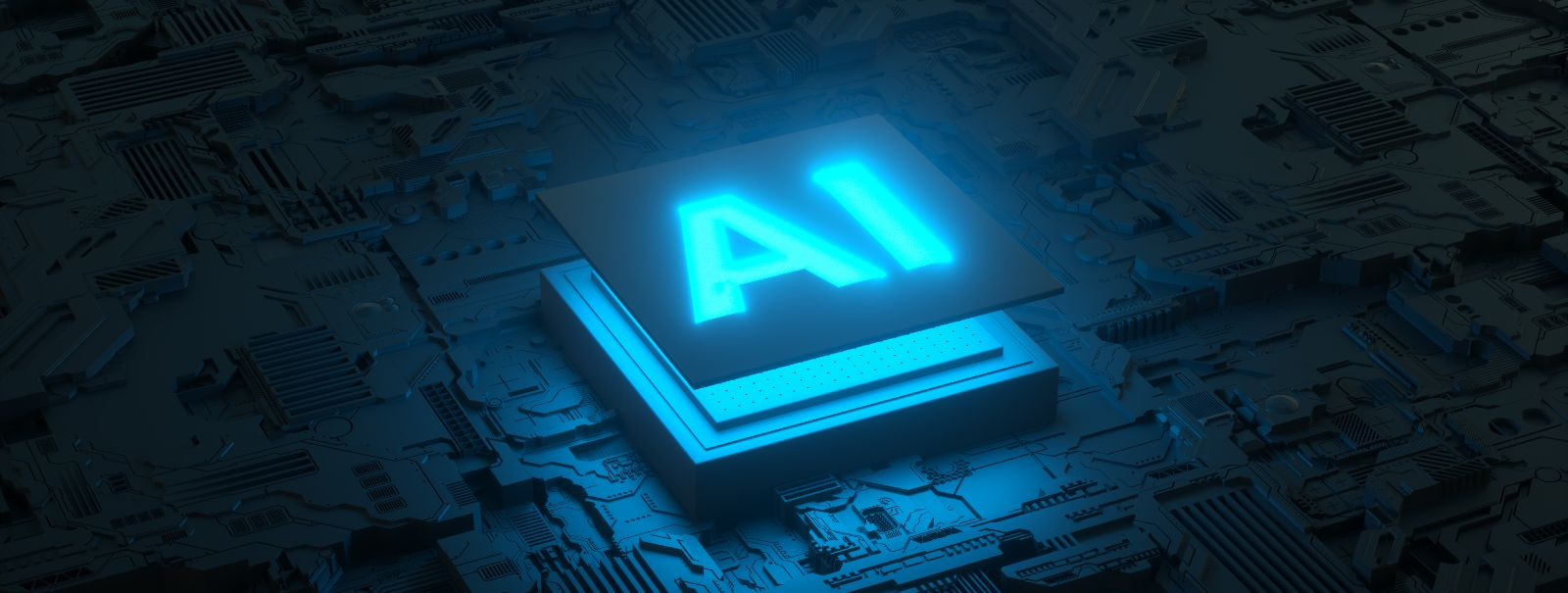5 trends shaping web design in 2023
As we delve into 2023, the digital landscape continues to evolve, bringing new challenges and opportunities for businesses looking to make an impact online. Web design trends are no exception, with innovative approaches emerging to meet the demands of users and search engines alike. In this post, we'll explore five key trends that are shaping the future of web design, offering insights for businesses aiming to stay ahead of the curve.
1. Minimalism and Maximalism
Minimalism in web design is characterized by clean lines, ample white space, and a focus on content. This trend continues to dominate as it promotes a user-friendly experience, reducing cognitive load and enhancing focus on key messages and calls to action.
Conversely, maximalism is making a bold statement with its vibrant colors, complex compositions, and rich multimedia content. This trend caters to brands looking to stand out and engage users with a more expressive and storytelling approach.
2. Advanced Interactivity and Micro-Interactions
Interactivity in web design has gone beyond basic hover effects and transitions. Advanced interactive elements, such as dynamic scrolling and motion graphics, are being used to create immersive experiences that captivate users and encourage engagement.
Micro-interactions are subtle animations or effects that occur in response to user actions. These small details can significantly enhance the user experience by providing feedback, guiding tasks, and adding a layer of polish to the design.
3. Inclusive and Accessible Design
Accessibility is no longer an afterthought in web design. It's a crucial aspect that ensures websites are usable by everyone, including individuals with disabilities. Accessible design includes the use of proper contrast ratios, keyboard navigation, and alternative text for images.
Inclusivity goes hand in hand with accessibility, aiming to create designs that cater to a diverse audience. This includes considering cultural sensitivities, language options, and content that reflects a variety of perspectives.
4. Mobile-First Approach
With mobile devices accounting for over half of global web traffic, a mobile-first design is essential. This approach prioritizes the mobile user experience, ensuring websites are responsive, load quickly, and are easy to navigate on smaller screens.
Best practices for mobile-first design include using flexible grid layouts, touch-friendly elements, and testing on actual devices to ensure optimal performance.
5. AI and Machine Learning Integration
Artificial intelligence (AI) is revolutionizing web design by enabling personalized user experiences. AI algorithms can analyze user behavior to deliver customized content, recommendations, and even design elements that resonate with individual preferences.
Machine learning, a subset of AI, is being used to improve user experience by predicting user needs and automating tasks. This can lead to more intuitive interfaces and smarter interactions that adapt over time.






Comments (0)